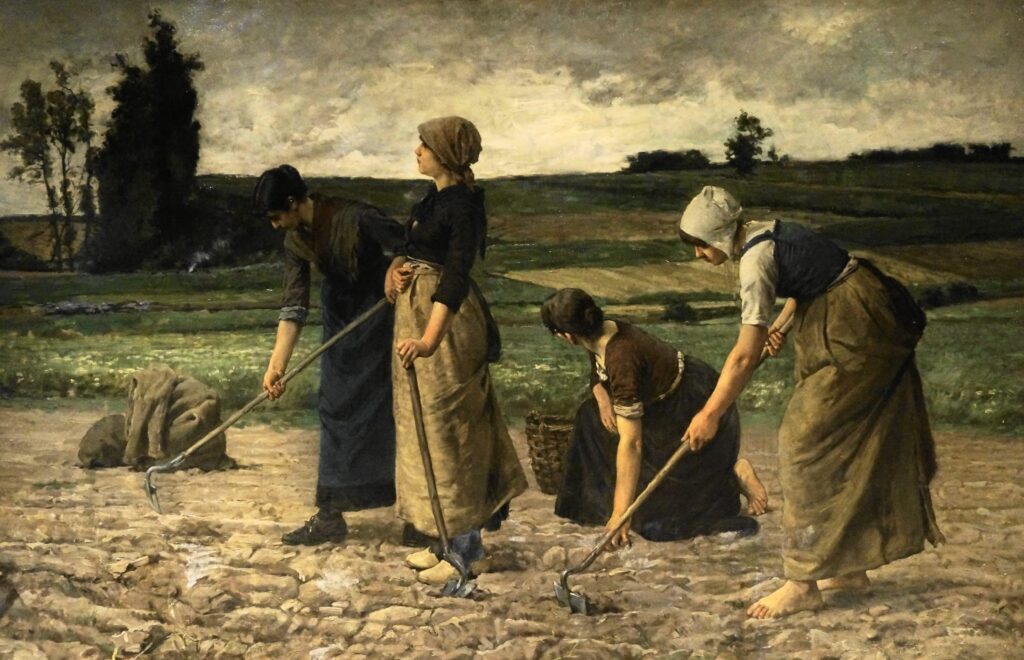Happy Saint Paddy’s Day!
A Happy Day
Saint Paddy’s Day is a special holiday celebrated by fun-loving people around the world! They drink green beer! And they wear something green. They acknowledge and make it a truly Happy Saint Paddy’s Day!
St. Patrick’s Day is also known as the Feast of St. Patrick. It’s a cultural and religious holiday that many of us celebrate annually on March 17th. It is named after Saint Patrick, the patron saint of Ireland, who brought Christianity to Ireland in the 5th century.
Saint Paddy’s Day is a public holiday in Ireland. But many other countries around the world also celebrate the day. Especially areas with a significant Irish diaspora. Parades, festivals, and the wearing of green all mark the holiday which has become associated with Irish culture and the holiday.
San Diego Celebrates St. Patrick’s Day
Here in San Diego, the Gaslamp area is blocked off and green carpets are rolled out. Assorted Celtic bands, including The Young Dubliners, perform for enthusiastic crowds. A pub called Hooleys in East County also puts on an annual festival called Hooleyfest in celebration of the day.
In 2008, we traveled to Ireland to follow The Young Dubliners across the country from Dublin to Cork. It was a fantastic journey.
Saint Paddy’s Day – Its Origins
The Christian tradition roots the origins of Saint Paddy’s Day, and people typically attend church services and participate in religious processions to mark the day. However, over time, the celebration has evolved into a more secular event that showcases Irish culture. Festivities include music, dancing, and enjoying traditional Irish food and drink.
One of the most well-known traditions on St. Patrick’s Day is the active consumption of Irish beer, particularly Guinness, which is served in pubs worldwide. Many individuals also savor traditional Irish dishes like corned beef and cabbage, shepherd’s pie, and soda bread.
St. Patrick’s Day is a globally popular celebration of Irish culture and heritage. While it originates from the Christian tradition, it has transformed into a secular holiday that people from all backgrounds can enjoy.
However, it’s important to acknowledge a dark chapter in Irish history that led many to emigrate to North America.
The Potato Famine
The Great Famine, also known as the Potato Famine, occurred in Ireland from 1845 to 1852. It caused mass starvation, disease, and emigration, profoundly impacting the Irish population.
The primary cause was the failure of the potato crop due to a fungus called Phytophthora infestans. This resulted in reduced crop yields and widespread inability to sustain families.
British government policies and economic factors worsened the effects. These included exporting food from Ireland to England, relying heavily on potatoes, and lack of intervention to aid famine victims.
An End to Saint Paddy’s Day
As a result of the famine, over one million people died from starvation or disease, and an additional one million emigrated from Ireland to other countries, mainly the United States and Canada. The population of Ireland declined by almost 25% during this period.
The famine had a profound impact on Irish culture and society, and its legacy is still felt today. It led to a significant shift in the demographic makeup of Ireland and contributed to the rise of Irish nationalism and the push for Irish independence from British rule.
Black Potatoes
“Black Potatoes,” albeit short, is a significant video produced by Patricia Mooney that sheds light on one of the darkest chapters in Irish history, the Irish Potato Famine. The video serves as a poignant reminder of the devastating impact of the famine and its lasting effects on the Irish people.
The Irish Potato Famine, also known as the Great Hunger, occurred between 1845 and 1852, when Ireland experienced a catastrophic failure of the potato crop, which was the staple food for a significant portion of the population. The failure was primarily due to a potato disease called late blight, also known as Phytophthora infestans, which rapidly destroyed potato crops across the country.
Patricia Mooney’s video, “Black Potatoes,” delves into the causes and consequences of the Irish Potato Famine, providing a comprehensive narrative of the events surrounding this tragic period. It educates viewers about the human suffering, social implications, and political factors that exacerbated the famine’s impact.
The video explores the background conditions that made Ireland particularly vulnerable to the potato blight. It delves into the socio-economic and political context of the time, discussing Ireland’s heavy reliance on the potato as a subsistence crop and the land-ownership system that exacerbated the famine’s effects on the Irish population.
Long-Lasting Effects of the Famine
“Black Potatoes” highlights the widespread devastation caused by the famine. It covers the unimaginable loss of life, the mass emigration of Irish people to escape the dire circumstances, and the immense suffering experienced by those who remained. The video also touches upon the efforts made by relief organizations and the British government’s response to the crisis, which many consider inadequate.
Furthermore, “Black Potatoes” examines the long-term consequences of the Irish Potato Famine. It explores how the famine dramatically altered Ireland’s demographic, social, and cultural landscape, leading to a significant decline in population and the erosion of traditional Irish farming practices. The video also discusses the impact of the famine on Irish nationalism and the seeds it sowed for future political movements.
Overall, “Black Potatoes” is a powerful and informative video that highlights the immense tragedy of the Irish Potato Famine. By examining the causes, consequences, and long-term effects of this devastating event, Patricia Mooney’s production educates and raises awareness about a historical event that continues to shape Ireland’s collective memory.
Patty Mooney is a VP, Video Producer, Sound Technician, Teleprompter Operator and Video Editor at award-winning San Diego Video Production Company, Crystal Pyramid Productions. Enjoy more blog posts at Diary of a San Diego Video Crew.



